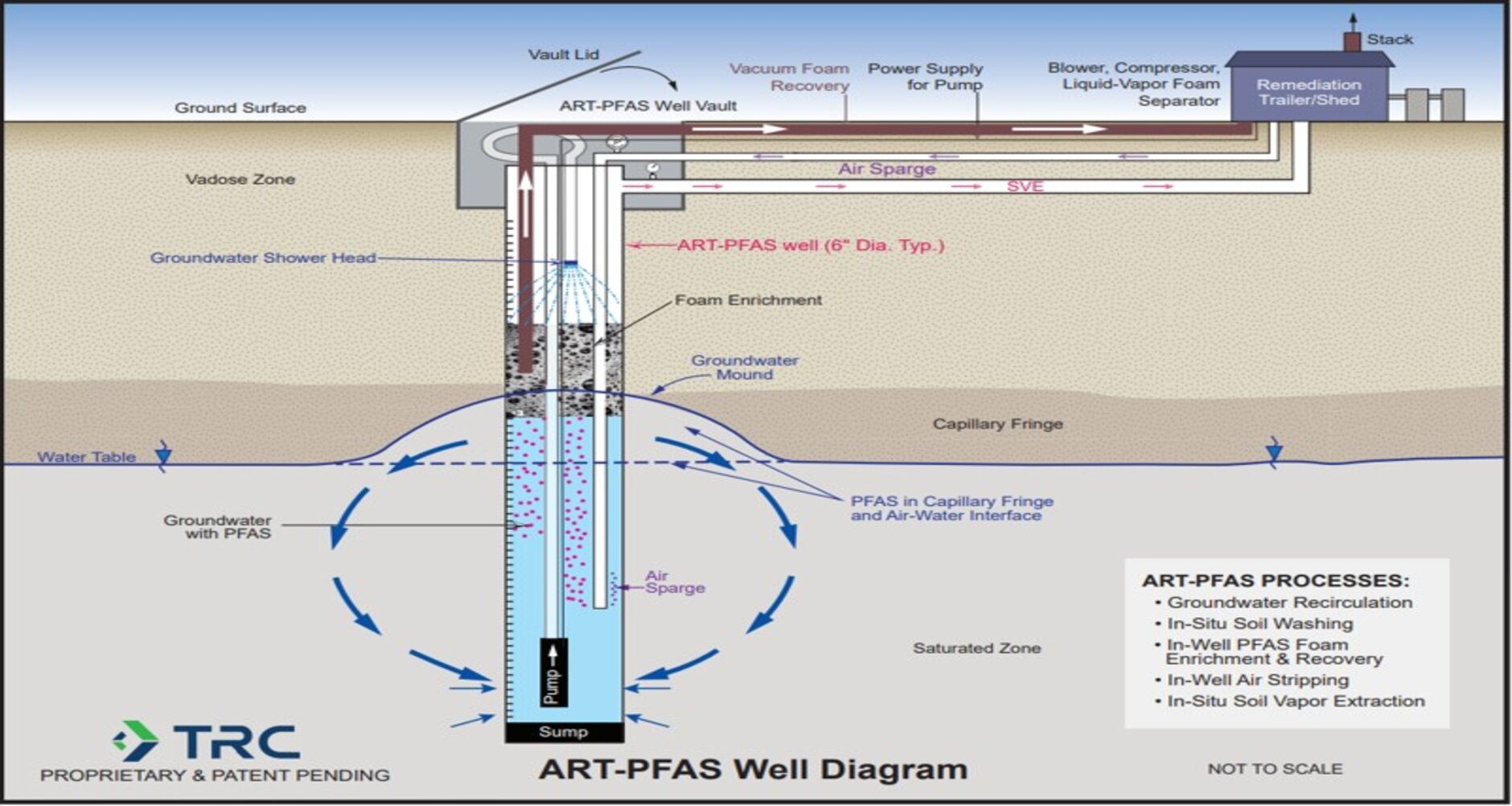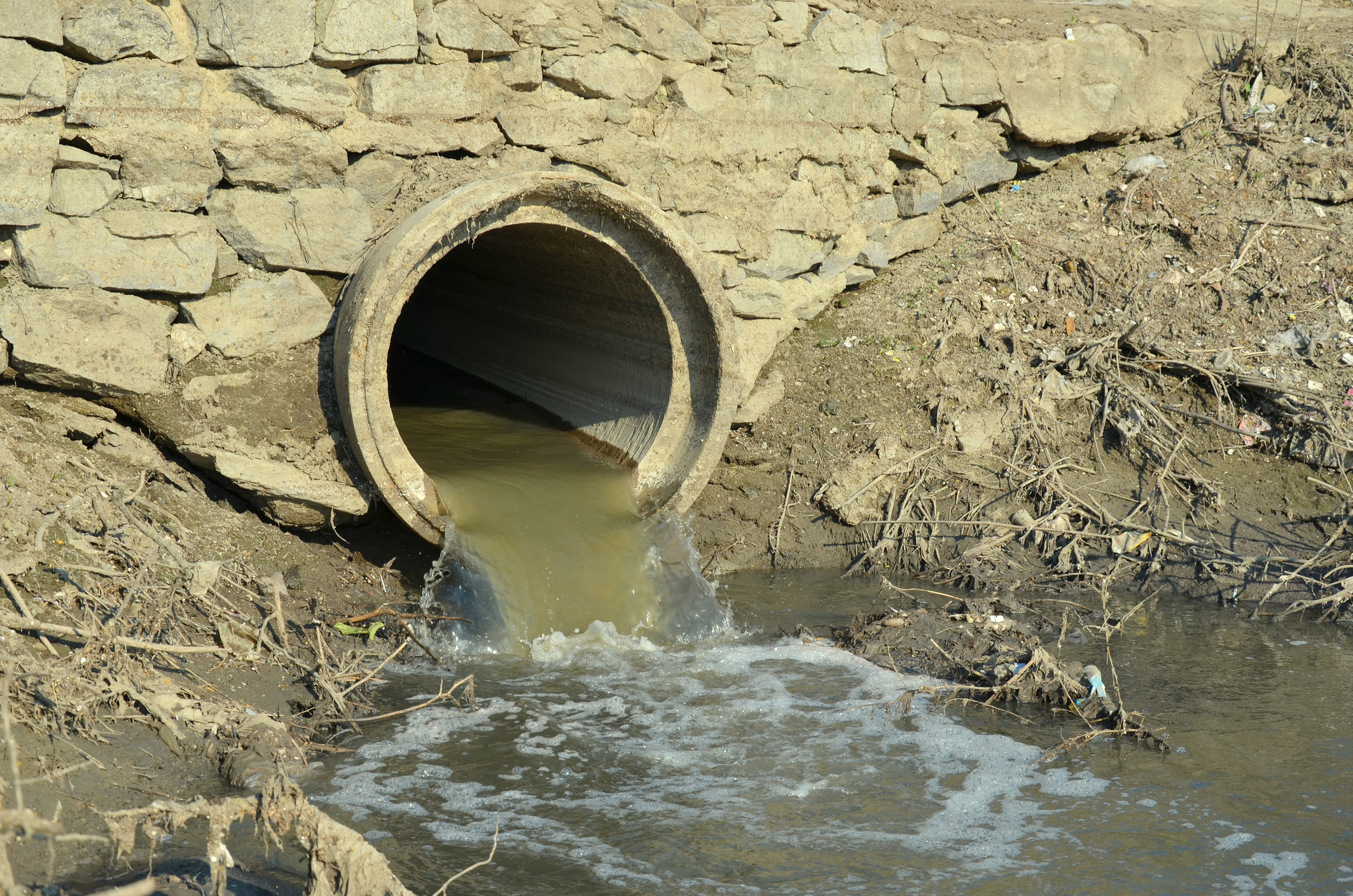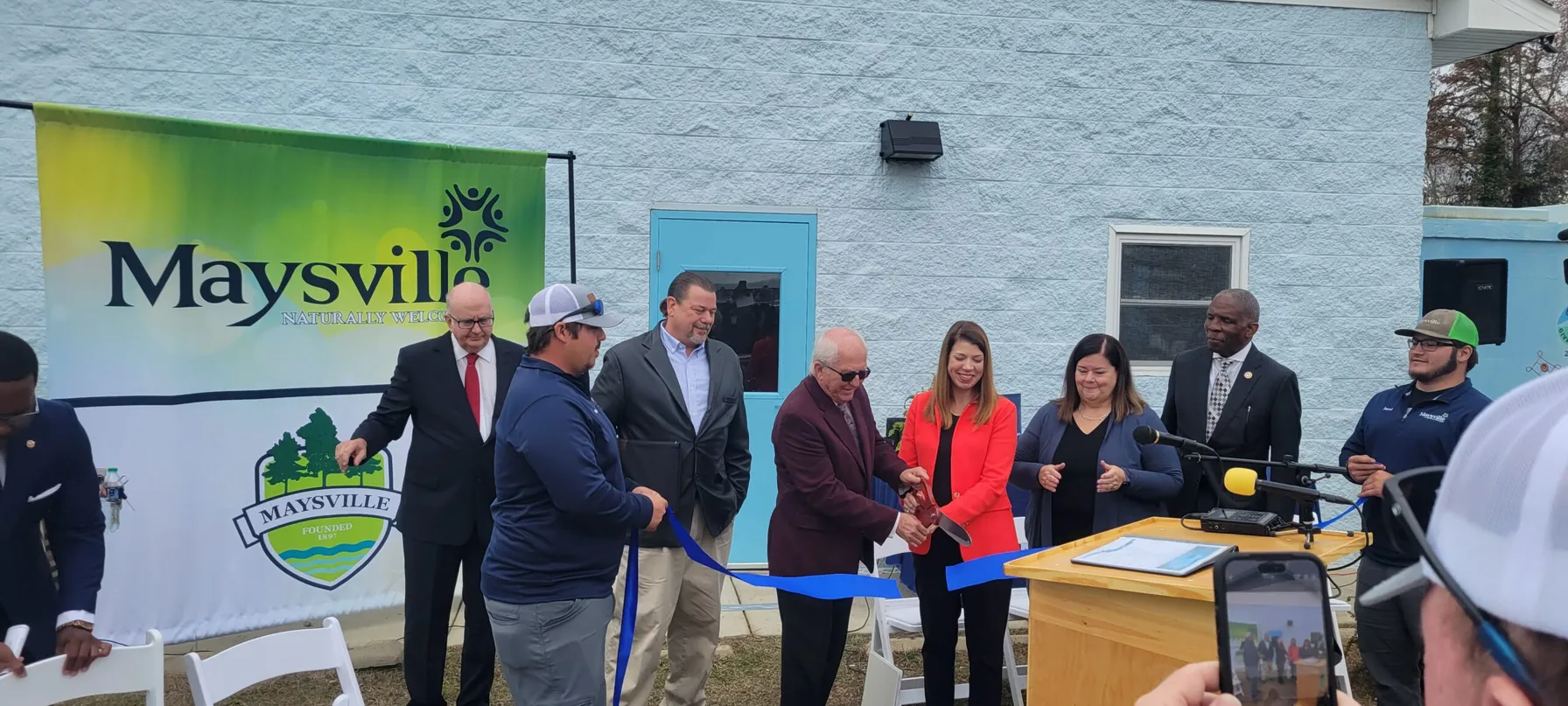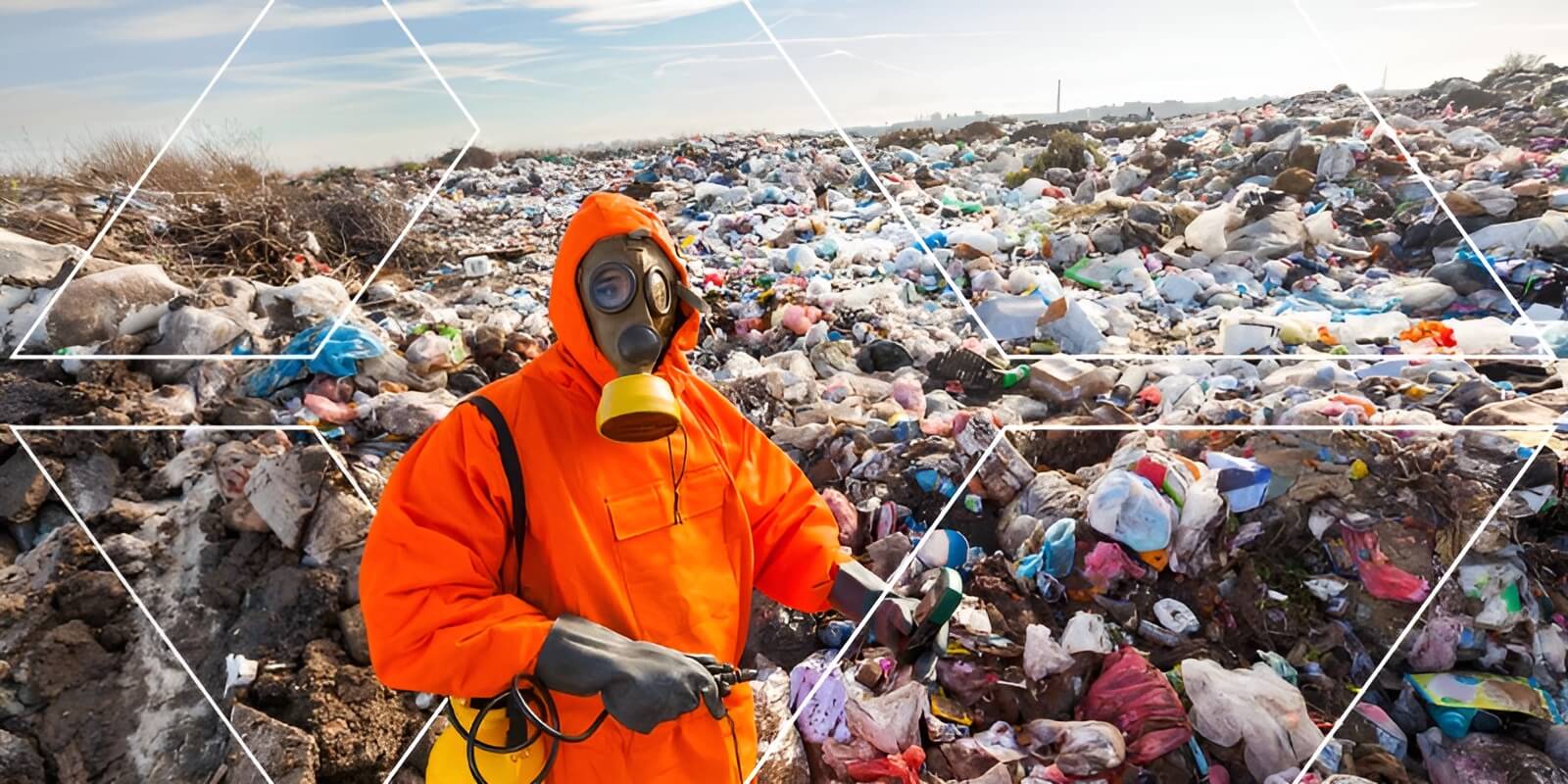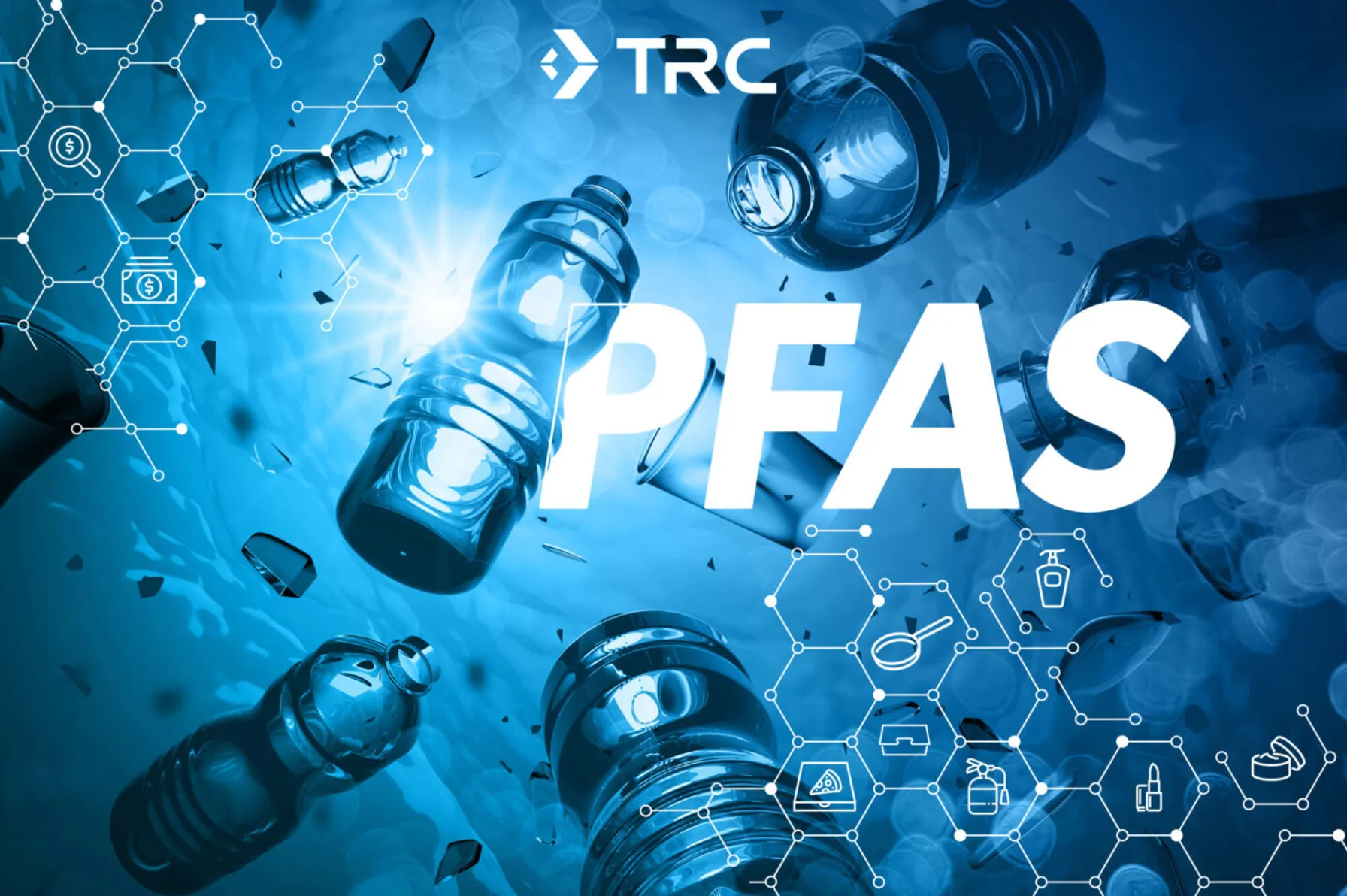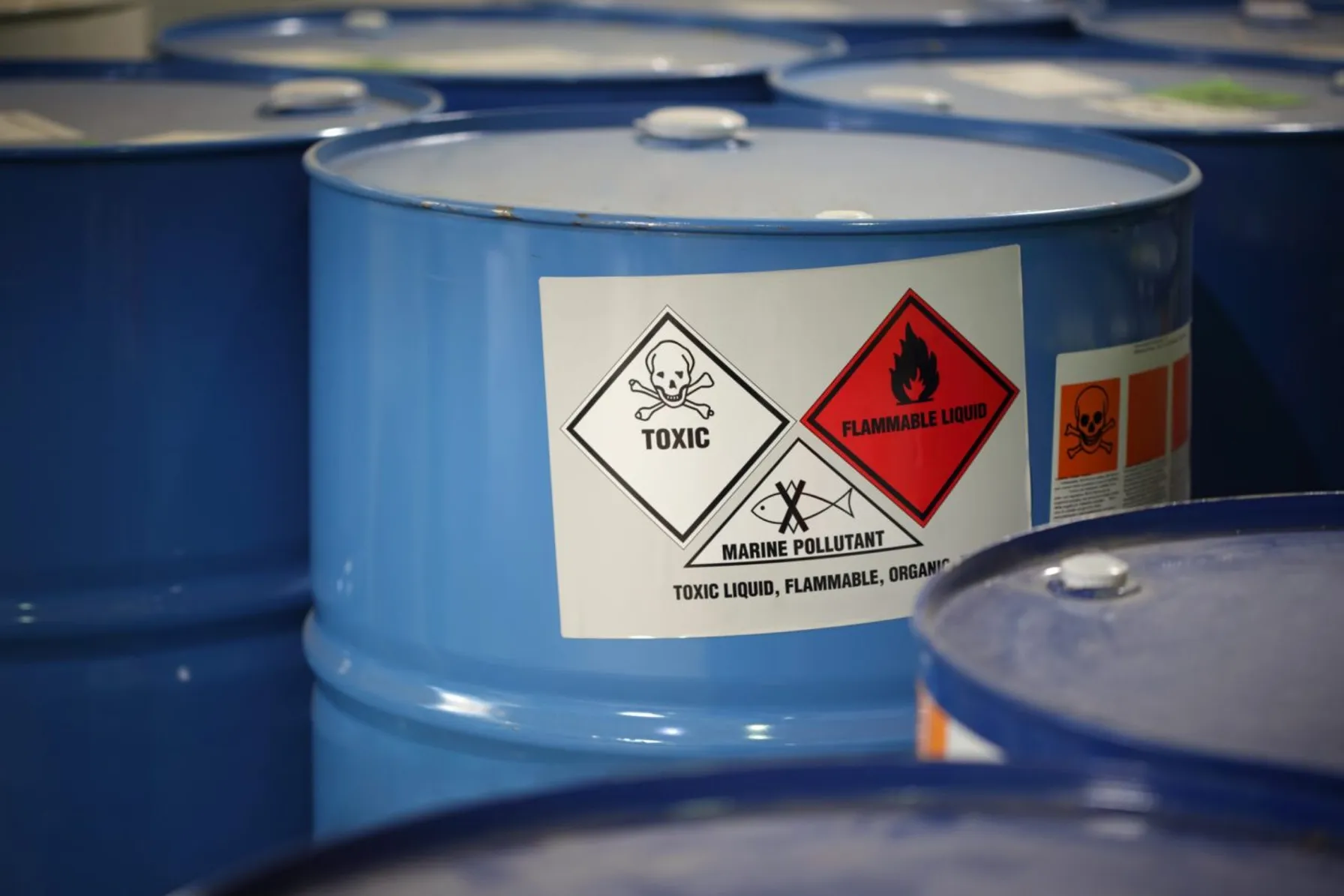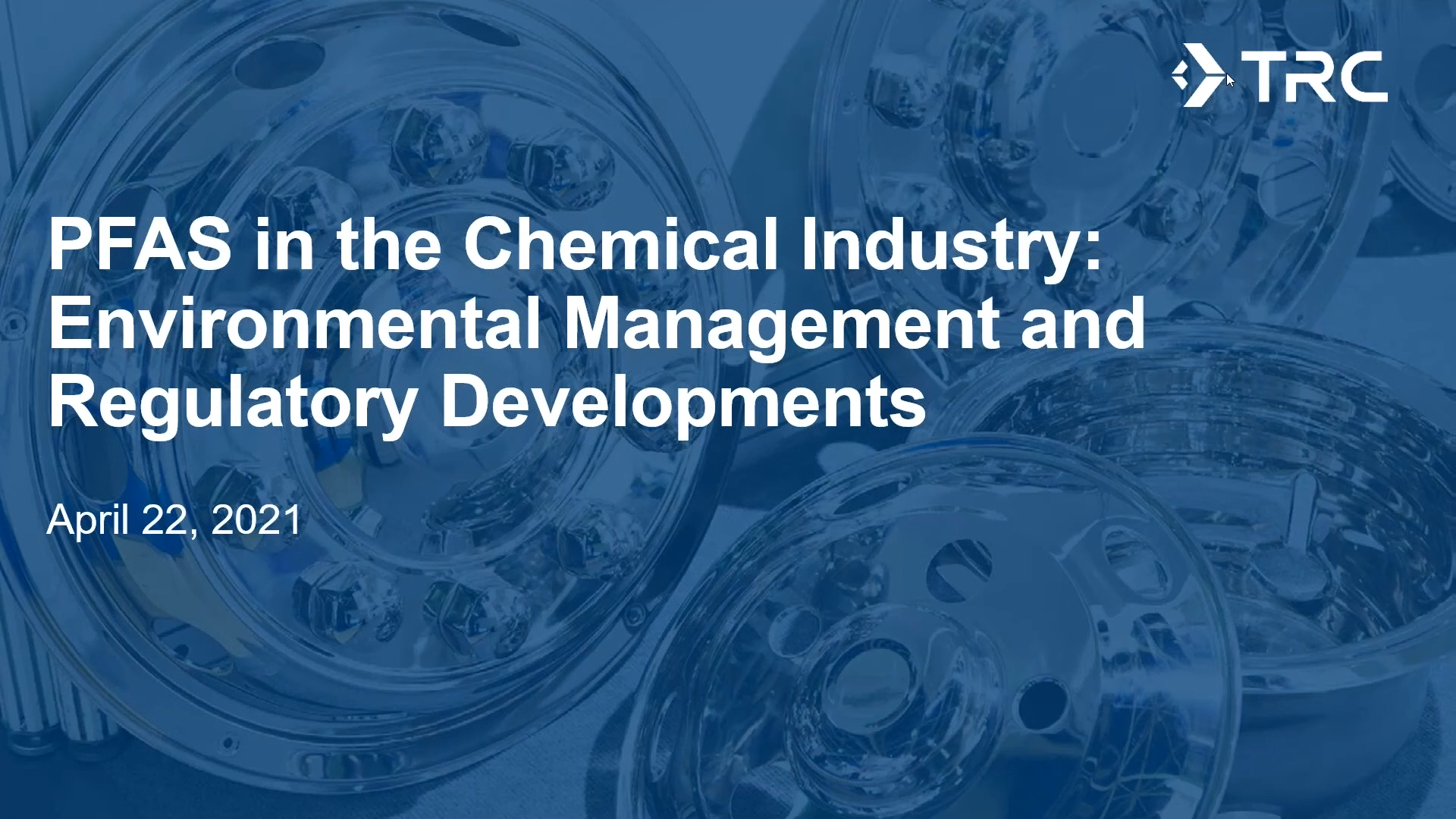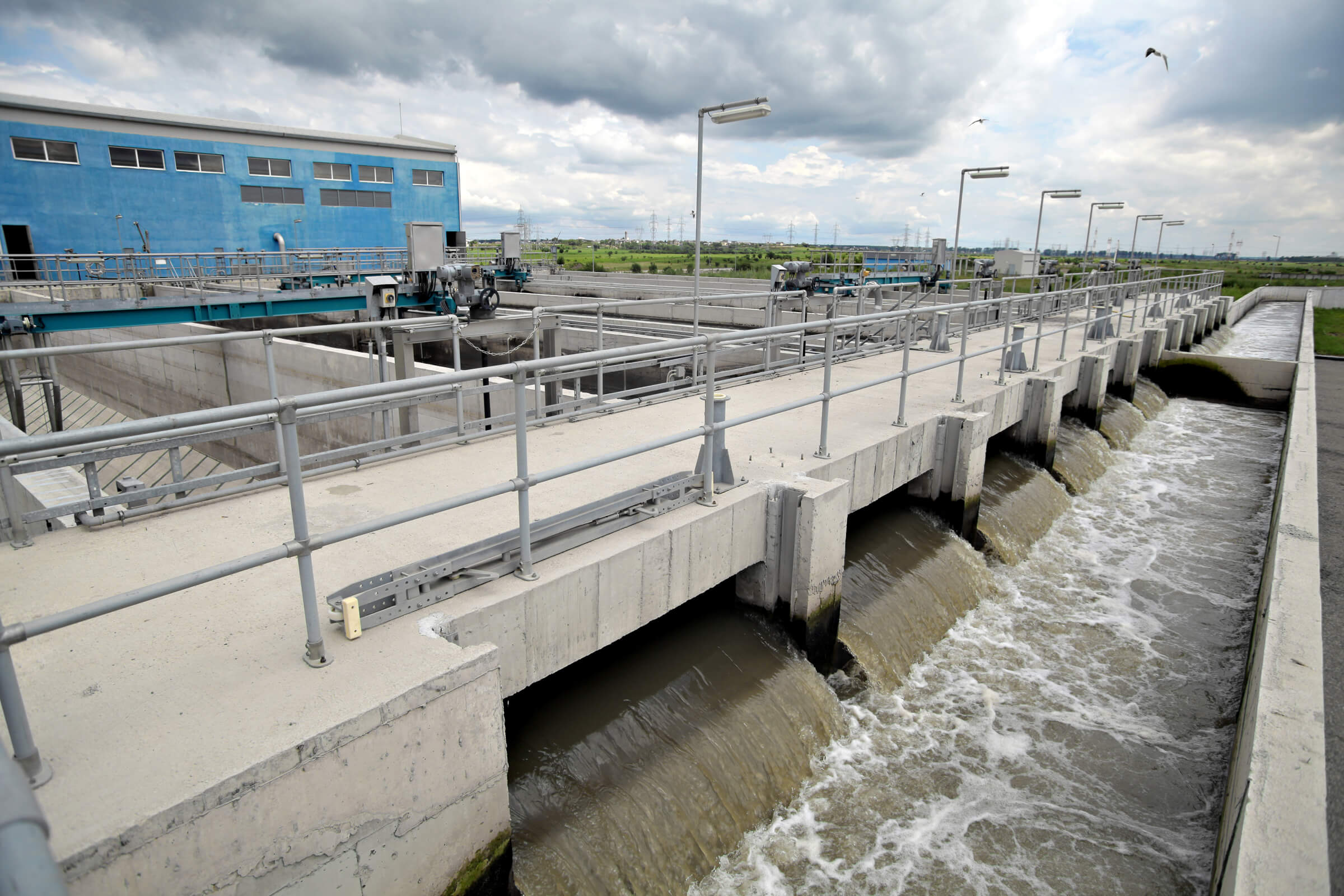Authors: Jenny Phillips & Faith Morse | April 4, 2023
Preliminary Regulatory Determination and Proposed Rule
On March 29, 2023, The United States Environmental Protection Agency (EPA) proposed a National Primary Drinking Water Regulation (NPDWR) for six PFAS:
| Proposed National Primary Drinking Water Regulation (NPDWR) Values | ||||||
| PFAS Compound | Non-enforceable MCLG (ppt) | Enforceable MCL (ppt) | HBWC (ppt) | |||
| PFOS Perfluorooctanesulfonic acid | 0 | 4 | N/A | |||
| PFOA Perfluorooctanoic acid | 0 | 4 | N/A | |||
| PFNA Perfluorononanoic acid |
HI=1 |
HI=1 |
10 | |||
| PFHxS Perfluorohexanesulfonic acid | 9 | |||||
| HFPO-DA (Gen X) Hexafluoro- propylene oxide dimer acid | 10 | |||||
| PFBS Perfluorobutane sulfonic acid | 2000 | |||||
Notes:
HBWC = Health-Based Water Concentration
HI = Noncancer Hazard Index = ∑ (concentration/HBWC)
MCL = Maximum Contaminant Level
MCLG = Maximum Contaminant Level Goal
N/A = Not Applicable; HBWC used in HI calculation
The EPA is proposing to establish non-enforceable health-based Maximum Contaminant Level Goals (MCLGs) and enforceable Maximum Contaminant Levels (MCLs) for these compounds. The proposal includes regulation of PFOA and PFOS as individual chemicals. The remaining four PFAS—PFNA, PFHxS, GenX and PFBS—are proposed to be regulated using a Hazard Index (HI) approach. The remainder of this post will focus on the HI approach as proposed. Click here for an overview of the proposed rule. Public comments are due May 30, 2023.
Why a Hazard Index?
The Proposed MCL and MCLG for the four PFAS—PFNA, PFHxS, GenX and PFBS—considers their toxicity as additive. The EPA has proposed a HI of 1.0 as the MCL and MCLG for the four PFAS combined[1]. PFOS and PFOA are not proposed to be included in the HI as EPA has indicated they are both likely carcinogens.
The HI is a common approach used in risk assessment to evaluate the potentially increased noncarcinogenic risks associated with additive effects of chemical mixtures, and is determined through the equation shown below. When calculating the HI, a ratio known as the hazard quotient (HQ) is used. The HQ is calculated for each of the four PFAS—PFNA, PFHxS, GenX and PFBS—by dividing the concentration detected by an exposure metric (the health-based water concentration [HBWC] for the specific PFAS). The individual HQs for the four PFAS are summed to yield the HI. While a routine component of risk assessment, it is not a common approach for setting MCLs; in fact this is the first time it has been proposed.
Where GenXwater = monitored concentration of GenX
PFBSwater = monitored concentration of PFBS
PFNAwater = monitored concentration of PFNA
PFHxSwater = monitored concentration of PFHxS
For example, if the mixture contains the following levels of these four PFAS, the Hazard Index for that mixture would exceed the proposed MCL.
EPA stated in the Preliminary Regulatory Determination and Proposed Rule, that the HI is “a reasonable approach for estimating the potential aggregate health hazards associated with the occurrence of chemical mixtures in environmental media.” (USEPA, 2022). The Federal Register notice indicates the following toxicological endpoints:
| Chemical | Toxicological Endpoint per EPA (2023) |
| PFNA | Developmental effects in mice. This is the ATSDR human equivalent dose (HED). Uncertainty factor (UF) of 300 applied to define a chronic reference dose (RfD) of 0.000003 milligrams per kilogram per day (mg/kg/day). The HBWC is 10 ppt. |
| PFHxS | Thyroid effects in male rats. The reported no-observed-adverse-effect level (NOAEL) of 1 mg/kg/day was adjusted to calculate a HED. UF of 3000 applied to define a chronic RfD of 0.000002 mg/kg/day. The HBWC is 9 ppt. |
| PFBS | Thyroid effect following gestational exposure of mice to the potassium salt of PFBS. UF of 300 applied to define a chronic RfD of 0.0003 mg/kg/day. The HBWC is 2000 ppt, and is consistent with the 2022 Health Advisory. |
| GenX | Liver effects in female mice. Composite UF of 3000 applied to define a chronic RfD of 0.000003 mg/kg/day. The HBWC is 10 ppt, and is consistent with the 2022 Health Advisory. |
As shown above, the selected toxicity endpoints are not identical (with exception of PFHxS and PFBs); however, EPA has stated, “PFHxS, HFPO-DA, PFNA, and PFBS, individually and in a mixture, may cause adverse human health effects on several biological systems including the endocrine, cardiovascular, developmental, immune, and hepatic systems”. EPA indicated that the HI approach is appropriate “because of the known and additive toxic effect and occurrence and likely co-occurrence in drinking water.” This approach differs from EPA risk assessment where the HI is typically summed across similar toxicological endpoints. Further EPA states “given this high occurrence and co-occurrence likelihood and that adverse health effects arise as a result of both individual and PFAS mixtures” as justification for inclusion of the four noncarcinogenic PFAS compounds.
Additionally, in EPA’s evaluation they considered use of a relative potency factor (RPF) approach which has been used for other chemical classes like polynuclear aromatic hydrocarbons (PAHs), but chose the HI approach as it “provides the most health protective endpoint for multiple PFAS in a mixture to ensure there would be no known or anticipated adverse effects on the health of persons”. EPA is requesting comment on the “merits and drawbacks” of the target-specific HI or RPF approach.

What do Drinking Water Systems Need to Do?
To determine the HI for these four PFAS, water systems would monitor and use the sampling results as inputs into the formula above. Water systems would use a calculator tool provided by EPA to easily determine their HI result. The tool performs the calculation for summing the HQ for each of the four PFAS.
Trigger Levels
Additionally, EPA is proposing use of a trigger level for the six PFAS compounds for which MCLs have been proposed. For the HI MCL approach for PFHxS, Genx, PFNA and PFBS, the EPA is proposing that if the HI is 0.33 or less (aka the trigger level), compliance monitoring could be less frequent (once or twice every three years, dependent on the size of the population served). EPA is requesting comment on establishing the trigger level at other levels for the HI, specifically 0.5. Additionally, EPA is requesting comment on the use of a sampling waiver up to nine years if (1) after one year of quarterly sampling, the HI is below rule trigger level or (2) when reduced monitoring is in place, the HI is below the trigger level after at least two consecutive three-year compliance period samples.
EPA is proposing that compliance will be determined based on the analytical results obtained at each entry point to the distribution system.
Some Considerations with the HI Approach
- While commonly used in the assessment of noncarcinogenic risk, the use of an HI approach has not been used before as the basis for an MCL.
- EPA is taking the stance that PFAS compounds will be evaluated cumulatively for noncarcinogenic PFAS; will it be their intention to add other PFAS to this HI?
- In our experience, we do not often see the co-occurrence of GenX with the other three PFAS compounds used in the HI calculation (PFHxS, PFNA, PFBS).
- The EPA has stated that a calculator will be available to every facility that is sampling PFAS; many facilities do not have staff that are comfortable with risk-based assessments and therefore, added cost for consulting may need to be borne by the facility.
- Communication of this approach to the public could be challenging.
How You Can Prepare
- Submit comments on the proposed rule by May 30, 2023 (within the 60-day comment period).
- Develop a plan for how your entity will come into compliance with the rule.
- There will likely be litigation associated with this proposed rule which will potentially delay the compliance dates – be aware of the timeline.
- Consider conducting public outreach if your entity is affected by this proposed rule.
Overview of the Proposed MCLGs and MCLs for PFAS
Learn more about the final regulatory determination for contaminants on the Fourth Contaminant Candidate List. Our experts break down the criteria put forth to regulate PFOS and PFOA in drinking water and the implications of this proposed rule.
[1] The HI in this approach does not include the commonly utilized risk-based assumption of one significant figure. For this proposed approach, a HI of 1.2 would exceed the goal of 1 and be considered an exceedance. EPA is requesting comment on this approach of considering two significant figures (i.e., 1.2) instead of one significant figure (1.0).
Although the individual concentrations of the four PFAS may be below their respective HBWC, the summation of the HQs may result in an exceedance of the HI MCL or MCLG.
[2] USEPA. 2022. Transmittal of the Science Advisory Board Report titled, ‘‘Review of EPA’s Analyses to Support EPA’s National Primary Drinking Water Rulemaking for PFAS.’’ EPA–22–008. Available on the internet at: https://sab.epa.gov/ords/sab/f?p=114:12:15255596377846.

Learn More From Our Technical Experts
TRC’s Center of Research and Expertise (CORE) is a multidisciplinary team led by proven subject matter experts in over 30 specialized technical areas. Our monthly CORE newsletter shares valuable insights on emerging technologies, significant challenges and innovative solutions present in many industries across the world. Our experts also share how they use their unique skills and experience to solve client issues and support our communities and the environment.
Sharing Our Perspectives
Our practitioners share their insights and perspectives on the trends and challenges shaping the market.

Advantages of Real-Time, Ultra-Sensitive Chemical Detection: PTR-TOF-MS and Soft Ionization Mass Spectrometry
July 7, 2025
Advanced Proton Transfer Reaction Time-of-Flight Mass Spectrometry (PTR-TOF-MS) and Aerosol Ionization Mass Spectrometry (AIMS) technologies are transforming combustion optimization, ambient monitoring, and emissions monitoring.

TRC’s Webinar On-Demand ART-PFAS Technology
May 7, 2025
TRC’s Liz Denly and Dan Weed are panelists for this webinar on PFAS due diligence in higher risk properties, this session will highlight consumer products and manufacturing.

Treatment of PFAS to Allow for Beneficial Use of Impacted Dredged Sediments
July 18, 2024
Approximately 200 to 300 million cubic yards of sediment are dredged each year by the US Army Corps of Engineers (USACE) and other federal interests (USEPA, 2007).

Coming at You Fast – The Latest on RCRA and PFAS Regulations
March 1, 2024
The EPA published its Proposed Rule for Listing of Specific PFAS as Hazardous Constituents under the Resource Conservation and Recovery Act (RCRA).

New EPA Rule Impacts PFAS TRI Reporting and Supplier Notifications
November 20, 2023
What Affected Facilities Need to Know About Applicability, Reporting Changes and Deadlines

EPA Proposes Changes to Air Emissions Reporting Requirements (AERR)
August 30, 2023
The EPA is proposing updates to their Air Emissions Reporting Requirements (AERR) through amendments to 40 CFR Parts 2 and 51.

How Does PFAS Contamination Impact the Environment?
August 11, 2023
PFAS are widely used in the production of numerous products. Some PFAS chemicals are the by-product of manufacturing processes. As a result, PFAS contamination is widespread, with PFAS being found nearly everywhere in the world.

Helping Airports Identify and Mitigate PFAS Risks
May 30, 2023
This white paper focuses on some unique strategies and situations we have encountered at some airport sites.

EPA Finds Trichloroethylene Presents Unreasonable Risk in Final Risk Evaluation
April 6, 2023
On Jan 9, 2023, the United States Environmental Protection Agency (EPA) revised the Toxic Substance Control Act (TSCA) to reflect a new risk determination for trichloroethylene (TCE).

Proposed Use of a Hazard Index for PFAS National Primary Drinking Water Regulation (NPDWR)
April 4, 2023
The Proposed MCL and MCLG for the four PFAS, PFNA, PFHxS, GenX, and PFBS, considers their toxicity as additive. The EPA has proposed a HI of 1.0 as the MCL and MCLG for the four PFAS combined.

Proposed MCLGs and MCLs for PFAS
March 15, 2023
Final Regulatory Determination for Contaminants on the Fourth Drinking Water Contaminant Candidate List

QA and Chemistry Services
February 23, 2023
TRC offers many QA and Chemistry services including data usability assessments, limited and full data validation reports, quality assurance project plan preparation, selection of appropriate analytical methodologies and laboratory audits.

PFAS Fate and Transport
February 23, 2023
Understanding PFAS properties and behavior is key to effective detection and remediation.

PFAS Fate and Transport: Conceptual Site Models
February 23, 2023
The conceptual site model describes site-specific sources, release and transport mechanisms, exposure media, exposure points, exposure pathways and routes and potential human and/or ecological receptor populations.

EPA Announces $2 Billion in Funding to Address Emerging Contaminants in Drinking Water
February 14, 2023
Environmental Protection Agency Administrator Michael Regan announced $2 Billion in infrastructure funding to help the nation’s rural water supplies.

EPA Publishes Effluent Guidelines Program Plan 15
February 14, 2023
The EPA announced updated effluent limitations guidelines under Plan 15, focusing on the evaluation and rulemaking process for per- and polyfluoroalkyl substances (PFAS) discharges.

PFAS: Remedial Approaches
February 8, 2023
Remediating Per- and poly-fluoroalkyl substances (PFAS) from the soil and water requires effective techniques and innovative technologies. TRC’s experts are well versed in several remediation strategies intended to remove PFAS and prevent re-exposure.

TRI PFAS Reporting Requirements Continue to Expand
January 25, 2023
The list of PFAS for TRI reporting has increased to a total of 189 for reporting year 2023.
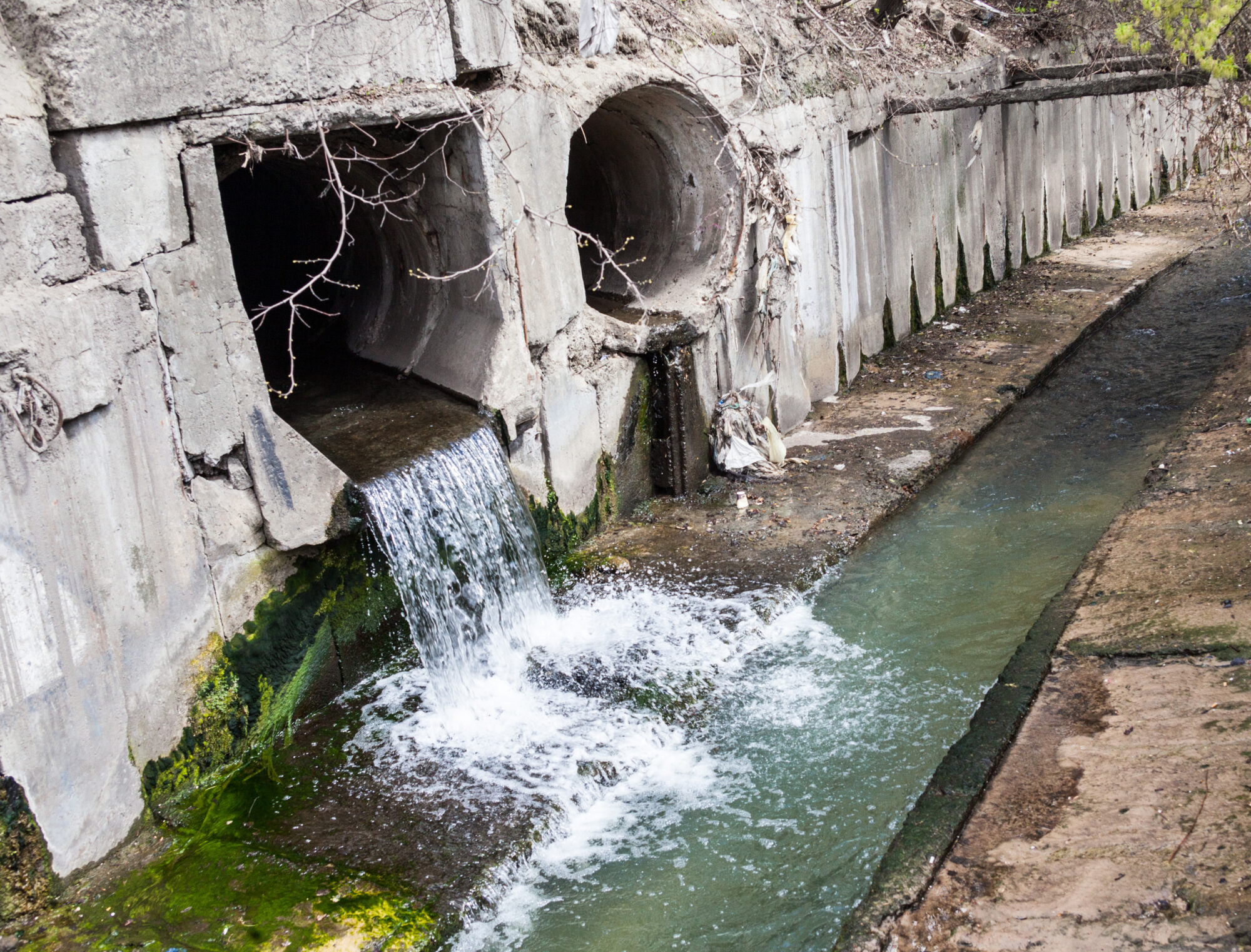
PFAS Discharges in NPDES Permits
December 19, 2022
In a follow-up to the EPA Office of Water’s April 28, 2022 memo, EPA released “Part 2″, providing guidance for the NPDES permitting/pretreatment program as it relates to restricting discharges of PFAS to water bodies.

Washington State Establishes PFAS Cleanup Levels
September 21, 2022
The Washington State Department of Ecology (Ecology) recently published a list of 6 PFAS compounds that now have soil and groundwater cleanup levels

New National Emerging Contaminants Research Initiative
September 12, 2022
The Executive Office of the President of the United States announced a National Emerging Contaminant Research Initiative

EPA Issues Proposed Rule Designating PFOA and PFOS as Hazardous Substances
September 7, 2022
The EPA has issued a pre-publication version of a proposed rule to designate two PFAS compounds as hazardous substances under CERCLA.

Five New PFAS Added to EPA Regional Screening Levels (RSLs)
June 24, 2022
EPA announced the addition of five new PFAS to the list of Regional Screening Levels (RSLs)

EPA Announces Updated Drinking Water Health Advisories for Four PFAS Chemicals: PFOS, PFOA, PFBS, & GenX
June 24, 2022
On June 15, 2022, the EPA released updated Health Advisory Levels for four per- and polyfluoroalkyl substances (PFAS) in drinking water

Integrating Sustainability, Digital Connectivity and Design Optimization in Wastewater Treatment Systems
June 20, 2022
Some organizations rarely think about water and wastewater treatment, until there is a problem. American industry depends on the ability to treat wastewater discharges while complying with regulatory standards and addressing emerging contaminants. If wastewater treatment fails, our environment is negatively impacted, and companies are exposed to shutdowns, delays and fines.

Worst Case Discharges of Hazardous Substances – Proposed Rule
May 25, 2022
In compliance with the Clean Water Act (CWA), the U.S. Environmental Protection Agency (EPA) recently proposed a new rule for onshore non-transportation-related facilities requiring specified facilities to plan for worst case discharges (WCDs) of CWA hazardous substances that could cause substantial harm to the environment.

PFAS Discharges and NPDES Permits
May 25, 2022
On April 28, 2022, the U.S. Environmental Protection Agency’s (EPA) Office of Water released a memo addressing the use of National Pollutant Discharge Elimination System (NPDES) permits to restrict per- and poly-fluoroalkyl substances (PFAS) discharges to water bodies.

EPA Proposes Aquatic Life Criteria for PFOA and PFOS
May 25, 2022
On May 3, 2022, under the Clean Water Act (CWA), the United States Environmental Protection Agency (USEPA) proposed the first aquatic life criteria for both short-term and long-term toxic effects from Perfluorooctanoic Acid (PFOA) and Perfluorooctane Sulfonic Acid (PFOS).

SEC Releases New Proposed Rules Requiring Public Companies to Disclose Climate Risks
April 12, 2022
On March 21, 2022, the U.S. Securities and Exchange Commission (SEC) issued its proposed rules for The Enhancement and Standardization of Climate-Related Disclosures for Investors which would require public companies in the U.S. to disclose information in their annual financial reports.

PFOA & PFOS As CERCLA Hazardous Substances: What Does This Mean and How Can You Be Prepared?
February 17, 2022
A plan to designate two per- and polyfluoroalkyl substances (PFAS) as “hazardous substances” under CERCLA was recently submitted by the EPA.

New Phase I ESA Standard Will Affect Environmental Due Diligence
January 25, 2022
After years of review, revisions and discussions, the new ASTM E1527 Phase I Environmental Site Assessment (Phase I ESA) standard has been published. The new standard includes updates to definitions, clarifications on processes and requirements, and guidance for emerging contaminants.

Fifth Unregulated Contaminant Monitoring Rule Lists 29 PFAS
January 21, 2022
EPA published fifth Unregulated Contaminant Monitoring Rule as required every five years and 29 of the 30 contaminants listed are PFAS.

Need help collecting PFAS samples for NJDEP deadline December 15?
October 7, 2021
NJDES Category B or L Industrial Permit holders – If you haven’t obtained your first PFAS sample yet, time is running out. All New Jersey Pollutant Discharge Elimination System (NJDES) Category B or L Industrial Permit holders are required by the New Jersey Department of Environmental Projection (NJDEP) to collect two representative effluent samples, taken 30 days apart, to be analyzed for PFAS by an approved laboratory and submitted to them by December 15, 2021.

Interpretation of “Waters of the United States” (WOTUS) Reverts to Pre-2015 Regulatory Definition
September 29, 2021
Environmental Protection Agency (EPA) and U.S. Army Corps of Engineers (ACOE) revert to pre-2015 regulatory program definition of “Waters of the United States.”

EPA Solicits Comments on PFAS Discharges in Five Point Source Categories
September 23, 2021
EPA solicits comments in five point source categories (PSCs) in the manufacture, use, treatment and discharge of PFAS.

PFAS Air Emissions Standards and Trends for Summer 2021
August 17, 2021
Environmental impacts of PFAS in ambient air leads to states implementing PFAS air-related thresholds.

Cryptocurrency: The Environmental Threats and Opportunities
August 9, 2021
Cryptocurrency (also known as crypto) is taking the fintech industry by storm, despite the economic experts who still dismiss it as a viable form of currency. Although often criticized for this volatility, whistleblowers are also further shining a light on the severe toll that these digital currencies are taking on the environment.

TRC Colorado PFAS Regulatory Update
July 21, 2021
Update on Colorado’s recent policies and plans to regulate new and historical discharges of per- and polyfluoroalkyl substances (PFAS) into the environment.

2021 EPA TRI Reporting Requirements for Natural Gas Processing Facilities
July 12, 2021
Indication EPA finalizing a rule to add natural gas extraction or processing plants to EPCRA Toxics Release Inventory (TRI) reporting.

Implementing bioremediation at environmental cleanup sites: TRC experts weigh in at leading industry conference
May 17, 2021
TRC experts make several presentations at the Battelle conference about innovative approaches they have developed for implementing and monitoring bioremediation and the use of naturally-occurring or deliberately-introduced micro-organisms to break down environmental pollutants.

Interim Guidance on Destruction and Disposal of PFAS & Materials Containing PFAS
February 19, 2021
Interim Guidance from EPA identifies 6 materials that use or manufacture PFAS and approaches for disposal.
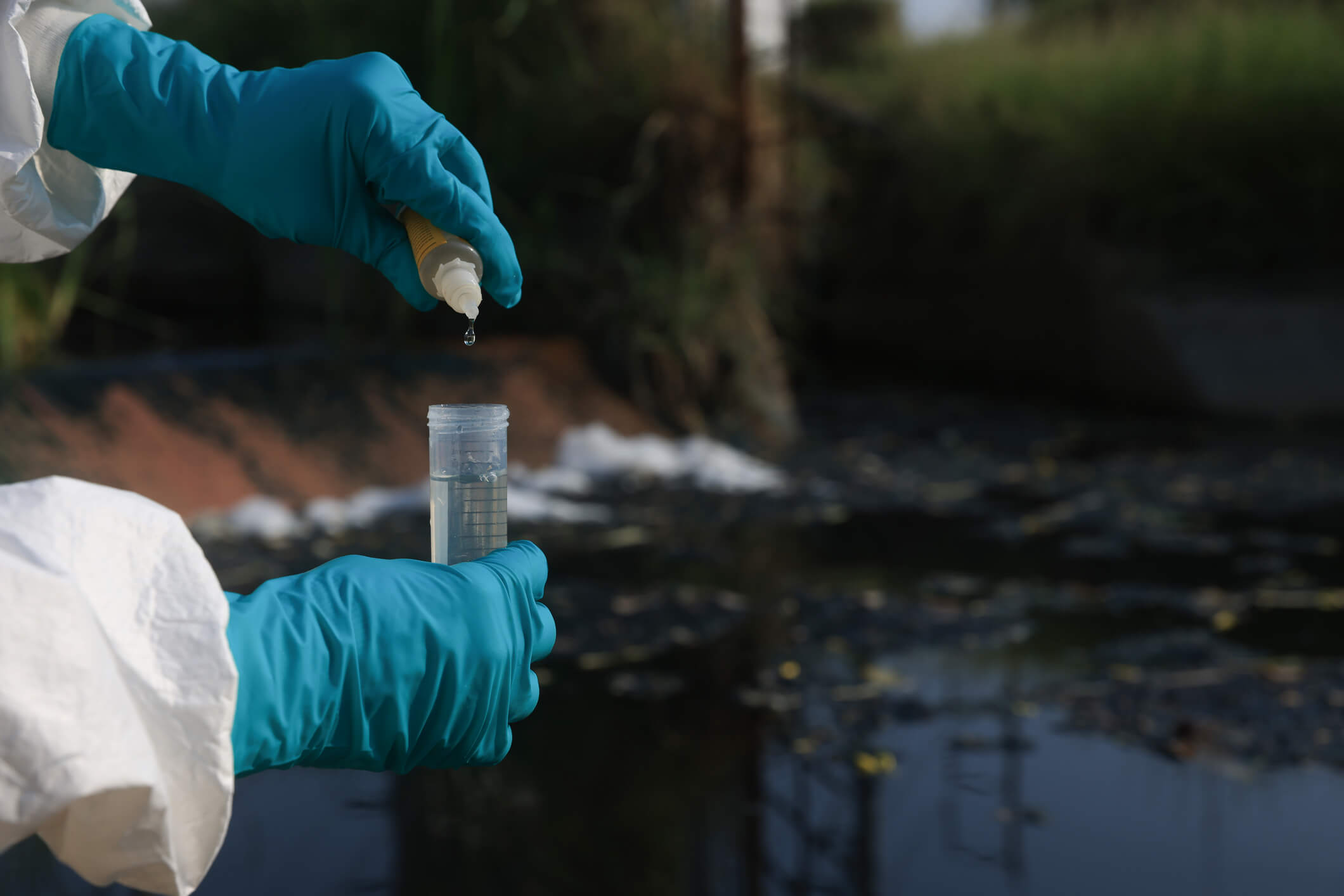
EPA continues to aggressively address PFAS wastewater with two new strategies
January 4, 2021
EPA takes steps toward PFAS wastewater and storm water permitting, and analytical methods for testing.

TRC Companies Inc. Acquires 1Source Safety and Health
November 11, 2020
TRC Companies (“TRC”), a leading technology-driven provider of end-to-end engineering, consulting and construction management solutions, has acquired 1Source Safety and Health, a firm that provides management consulting services in areas such as indoor air quality, asbestos management, industrial hygiene and safety management systems.

Ecological Risk of PFAS from AFFF-Impacted Sites
June 30, 2020
The facts on evaluating exposure to wildlife

TRC’s Reporting Tool Can Help Identify New PFAS under the TRI
May 19, 2020
While utilities often work in technical silos, NERC auditors are trained to cross check compliance evidence and data between interrelated standards.

Jenny Phillips
Jenny Phillips, Director of Technical Development, VP – Jenny Phillips leads the Technical Development Unit of TRC, focusing on Emerging Contaminants. She is an expert in human health and ecological risk assessment with a focus in risk communication and stakeholder discussions. Ms. Phillips also leads TRC’s Center for Research and Expertise which includes 30+ technical teams. Contact Ms. Phillips at JPhillips@trccompanies.com.

Faith Morse
Faith is an Environmental Intern working on TRC’s environmental risk team. She has experience with environmental fieldwork, laboratory research and risk evaluations. In college, she conducted research focusing on the use of biochar as an emerging remedial technology for contaminated marine environments. As a recent graduate from Western Washington University, she holds a bachelor’s degree in Environmental Science with an emphasis in toxicology. Faith can be reached at FMorse@trccompanies.com.





